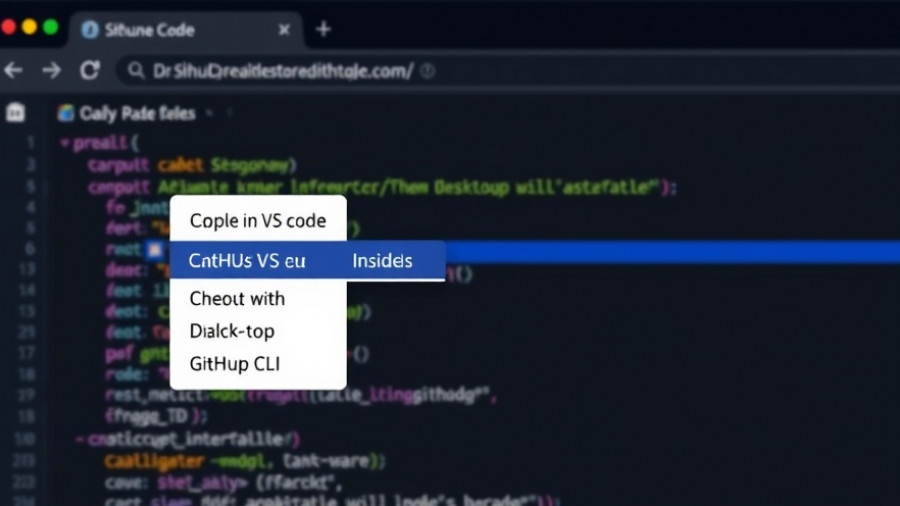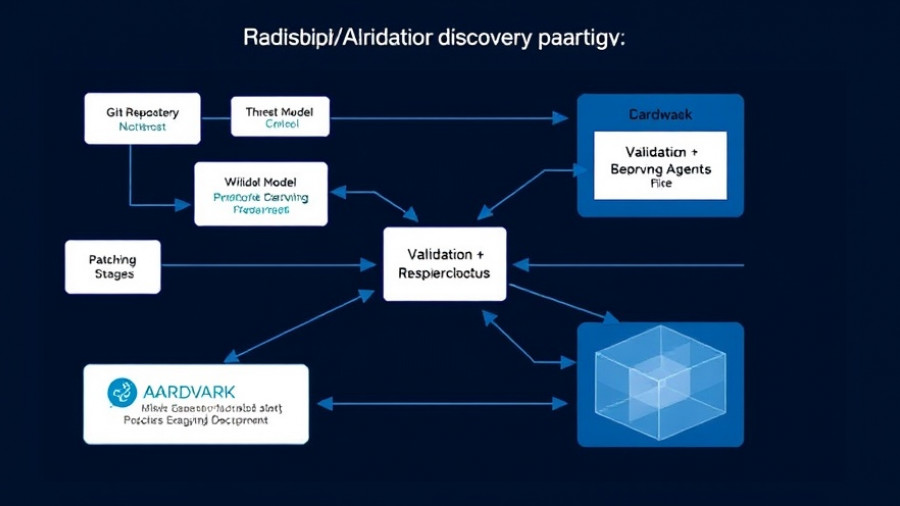
Exploring Google's Gemini 2.5: A New Era for AI Agents
Google's latest advancement in artificial intelligence, the Gemini 2.5 Computer Use model, has officially launched and is now accessible via the Gemini API. This powerful model promises to redefine how AI agents interact with users and their environments, marking a significant step forward in AI technology.
What Makes Gemini 2.5 Stand Out?
The Gemini 2.5 model builds on previous iterations with enhanced reasoning abilities and a multimodal approach, allowing it to process and understand diverse data types—be it text, images, or code. With the capacity to handle up to 1 million tokens, Gemini 2.5 can manage extensive datasets while maintaining context, an invaluable feature for developing sophisticated AI applications.
The Application of Agentic AI
One of the most compelling aspects of Gemini 2.5 is its focus on agentic AI. These AI agents can perceive their surroundings, make decisions, and automate tasks with remarkable efficiency. Google's Gemini models empower developers to create agents that not only function autonomously but also interact intelligently with users, leveraging the latest in function calling capabilities.
Building with Gemini 2.5: Getting Started
Developers looking to harness the potential of Gemini 2.5 can follow straightforward steps to set up their environment. Initially, you'll need Python 3.7+ and access to the Gemini API. The installation process involves creating a virtual environment and configuring the necessary libraries, a task made simpler by Google’s excellent documentation.
Multimodal Support at Its Core
Gemini 2.5's ability to support multimodal inputs means that AI agents can process information from various sources simultaneously. This capability expands the horizons of what these agents can achieve, allowing them to analyze not just text but also images, audio, and video content. Such versatility is critical in developing agents that need to interact in diverse scenarios, whether in educational settings or complex decision-making environments.
Real-World Applications of AI Agents
The implications of this model for different industries are vast. For instance, educational platforms can utilize AI agents to offer personalized learning experiences, while businesses can automate customer interactions with chatbots powered by Gemini's advanced functions. Additionally, industries like healthcare are likely to benefit from agents that can assist in diagnosing conditions or managing patient care through data analysis.
A Community of Development: Open Source Frameworks
With numerous open-source frameworks available, developers can choose the one that best fits their needs. Frameworks like LangGraph and CrewAI facilitate collaboration amongst multiple agents or manage complex workflows—showing how flexibility and creativity can be realized when building on the Gemini platform.
The Future of AI Agents
Looking ahead, the potential for what AI agents can do is limited only by our imagination. As AI technology continues to evolve and expand, the introduction of more sophisticated models like Gemini 2.5 offers the opportunity for deeper engagement and more intricate problem-solving.
Final Thoughts: Embrace the Change
For developers and tech enthusiasts alike, the launch of Google’s Gemini 2.5 represents a pivotal moment in technology's trajectory. The model's capabilities provide the tools necessary to build innovative solutions that can deeply affect how we interact with technology.
As we stand on the brink of this AI revolution, it’s essential for anyone invested in technology, from developers to end-users, to explore these advancements. Embrace the possibilities that Gemini 2.5 brings and start building the next generation of AI agents today.
 Add Row
Add Row  Add
Add 




Write A Comment